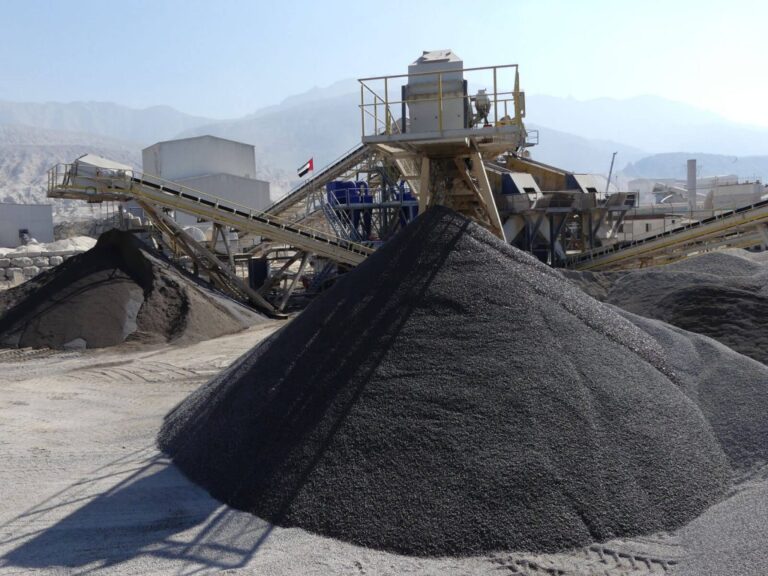Sand When we think of sand, we often imagine relaxing beaches or children building sandcastles. But it is much more than just a beach accessory. It is a fascinating natural resource that plays a crucial role in our environment and offers a myriad of uses across various industries. In this blog post, we will explore the wonders of sand, its formation, its significance, and the diverse ways in which it impacts our lives.
Formation and Composition:
Sand is primarily composed of tiny granules of minerals and rock fragments. It is formed through the process of weathering and erosion, where larger rocks and minerals are broken down into smaller particles over time. The composition of sand varies depending on its source, but common minerals found in it include quartz, feldspar, and calcium carbonate.
Environmental Importance:
plays a vital role in maintaining the health of our ecosystems. It acts as a natural filter, purifying water as it percolates through sand layers, removing impurities and contaminants. Sand also provides habitats for various organisms, such as burrowing animals and insects. Additionally, sandy beaches and dunes act as natural barriers, protecting coastal areas from erosion caused by waves and storms.
Construction and Infrastructure:
itis an essential component in the construction industry. Its unique properties, such as its ability to bind with cement, make it an ideal material for creating concrete. itis also used in the production of bricks, glass, and ceramics. Its coarse texture and stability make it suitable for creating strong foundations, roads, and other infrastructure projects.
Industrial Applications:
Beyond construction, itfinds numerous applications in various industries. It is a key ingredient in manufacturing glass, as its high silica content makes it an excellent material for transparency and heat resistance. itis also used in the production of silicon chips and solar panels, which are essential components of modern technology and renewable energy systems.
Recreation and Leisure:
itassociation with beaches and recreational activities cannot be overlooked. The soft texture and ability to retain heat make sandy beaches popular destinations for relaxation and leisure. Whether it’s sunbathing, volleyball, or simply strolling along the shore, sandy beaches offer a serene escape from the daily grind.
Artistic and Therapeutic Uses:
it has long been used as a medium for artistic expression and therapy. From sand sculptures and sand painting to Zen gardens and sensory therapy, the tactile nature of sand provides a unique avenue for creativity, meditation, and relaxation. The act of manipulating and shaping sand can be both therapeutic and inspiring.
Conclusion:
Sand is far more than just tiny grains found at the beach. It is a remarkable natural resource that influences our environment, supports infrastructure development, drives industrial advancements, and offers recreational and therapeutic opportunities. As we appreciate the beauty and versatility of it, let us also recognize the need to use this precious resource responsibly and sustainably to ensure its availability for future generations.
to browse our product click here.



